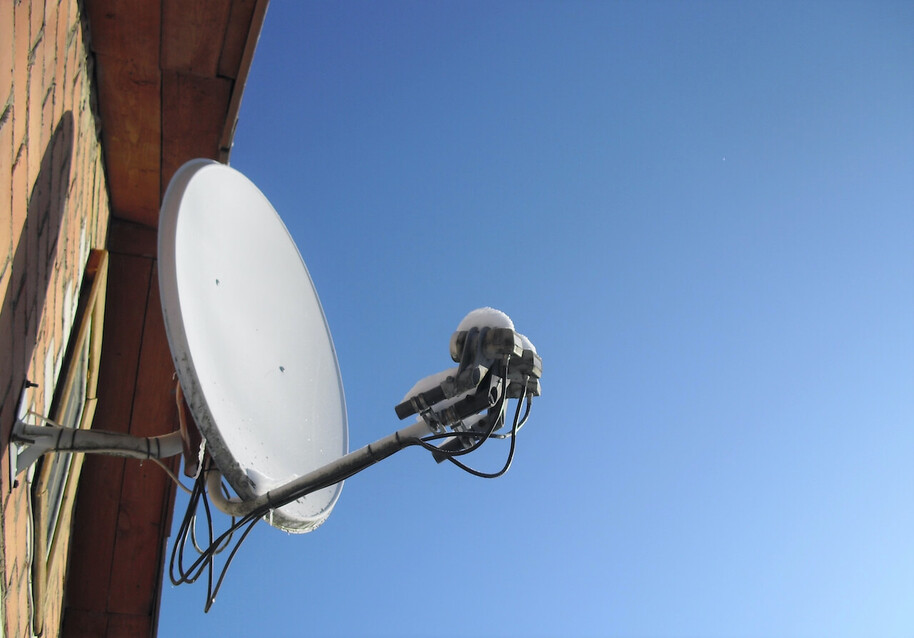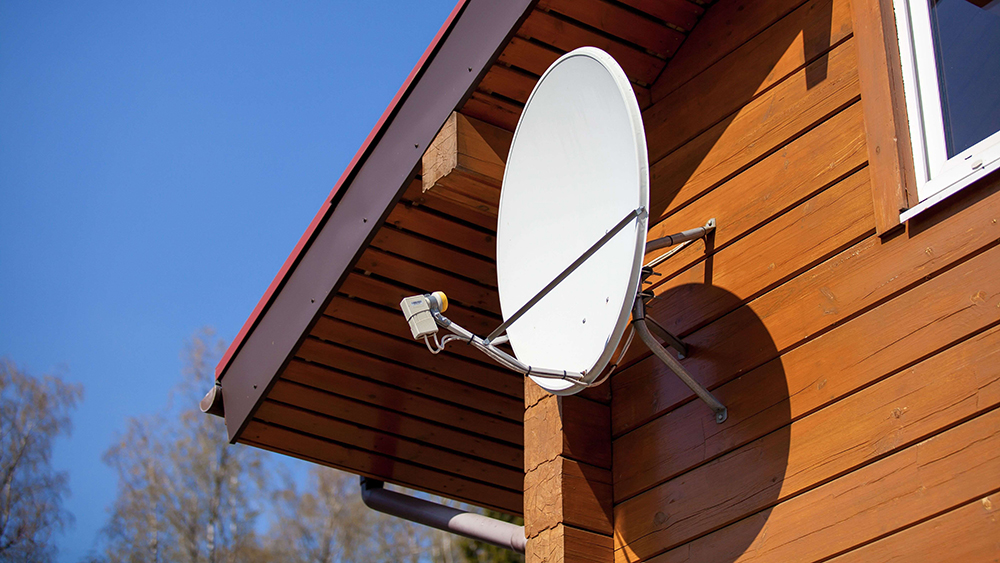IOTV Satellite
Which then rebroadcasts them back to Earth, where they are captured by the dish
Programming is Transmitted via Satellites

Does it Work?
At the most basic level, the key difference between aerial and satellite TV is the way channels arrive at your TV. You'll need a set top box or a TV with built-in capability, but satellite TV, like Freesat, broadcasts over satellite - but you probably could have guessed that. Satellite channels are broadcast from a TV station on earth to geostationary satellites which are orbiting above us in space. The signals are then returned to earth and received by your satellite dish. The satellite receiver, either a set top box or a tuner built into your television, will then decode the television show so you can sit back and enjoy!

Satellite television is a system where television programming is transmitted via satellites to a satellite dish located at a viewer’s home, allowing them to receive and watch a variety of channels. The signals are sent from a ground station to a satellite in space, which then rebroadcasts them back to Earth, where they are captured by the dish and decoded by a receiver or set-top box
Satellite television is a way of sending television signals. Television channels go to a ground station, which sends them by radio waves to a communications satellite in space. The satellite then transmits that signal back to earth. People with a satellite dish can receive the signals. Very often, satellite television is provided as a pay television service (especially to places where cable TV is not available).
